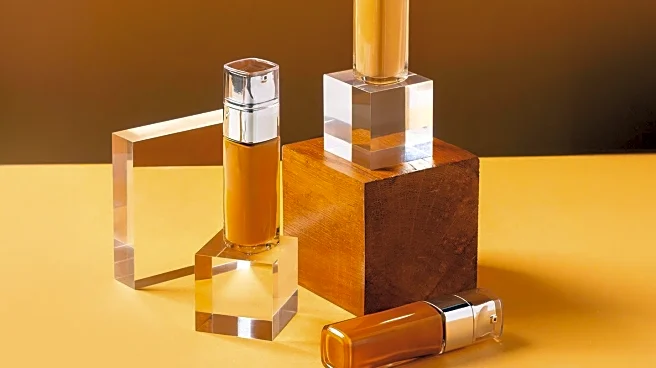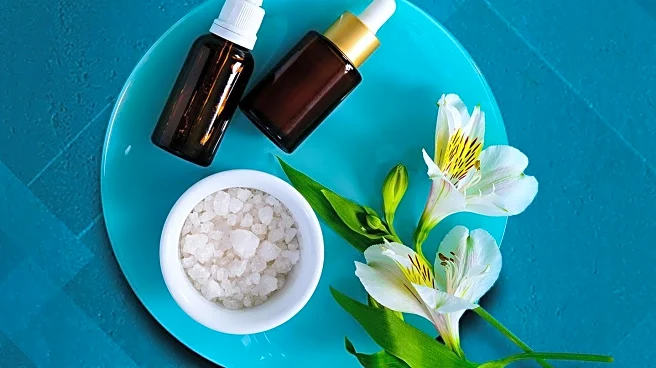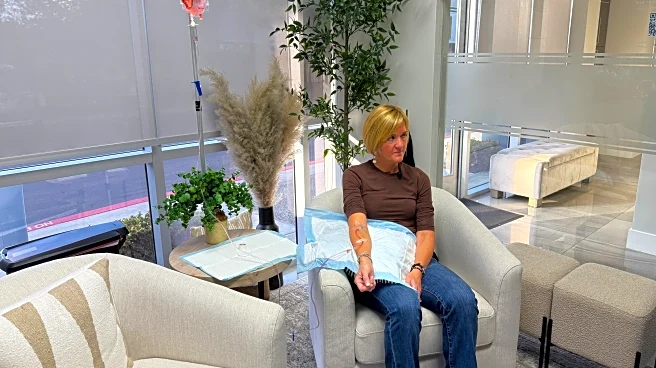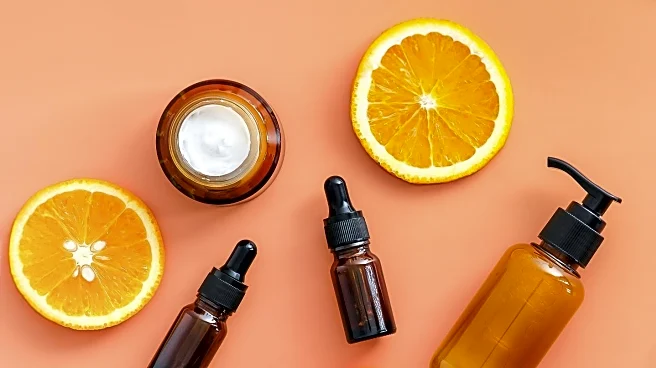What's Happening?
Acupuncture is emerging as a popular alternative to Botox for individuals seeking anti-aging treatments. The practice involves inserting fine needles into the skin to stimulate collagen and elastin production,
improve blood flow, and trigger the body's natural healing response. This method is gaining traction among those wary of Botox's potential risks, such as muscle atrophy and botulism. The ORA Method, which combines acupuncture with red light therapy, offers a comprehensive treatment that enhances cellular function. Sessions typically last about 65 minutes and cost $250, providing a non-invasive option for those looking to reduce fine lines and wrinkles.
Why It's Important?
The shift towards acupuncture reflects a growing demand for natural and chemical-free beauty treatments. As more individuals become concerned about the long-term effects of Botox, acupuncture offers a sustainable alternative that promotes overall skin health. This trend could impact the cosmetic industry by increasing demand for holistic and integrative approaches to beauty. Acupuncture's ability to improve skin appearance without compromising facial movement is particularly appealing to those seeking subtle enhancements. The practice's eligibility for FSA and HSA coverage also makes it accessible to a broader audience, potentially expanding its market reach.
What's Next?
As acupuncture continues to gain popularity, more clinics may begin offering facial rejuvenation treatments, potentially leading to increased competition and innovation in the field. The integration of acupuncture with other therapies, such as red light therapy, could further enhance its effectiveness and appeal. Additionally, ongoing research into acupuncture's benefits may provide further validation and encourage wider adoption. The cosmetic industry may need to adapt to this shift by incorporating more natural and holistic options into their offerings.
Beyond the Headlines
The rise of acupuncture as an anti-aging treatment highlights a broader cultural shift towards wellness and self-care. This trend reflects a growing awareness of the importance of maintaining health and beauty through natural means. As consumers become more informed about the potential risks of chemical treatments, they may increasingly seek out alternatives that align with their values and lifestyle. This shift could have long-term implications for the beauty industry, encouraging a move towards more sustainable and ethical practices.












